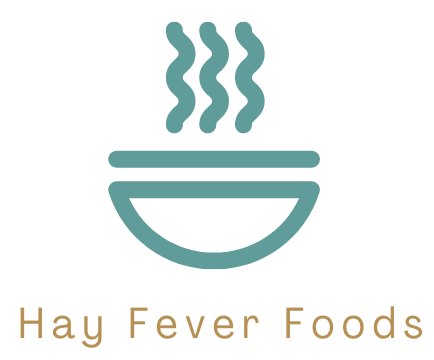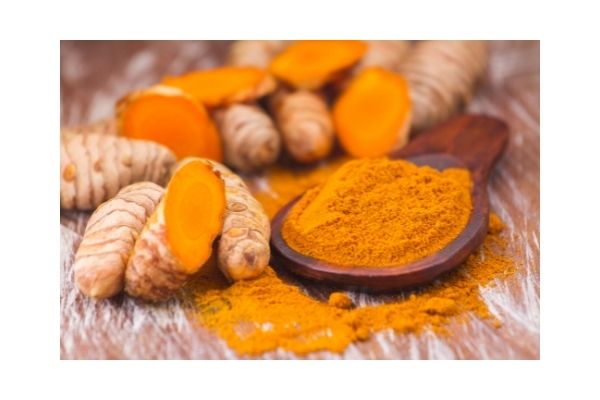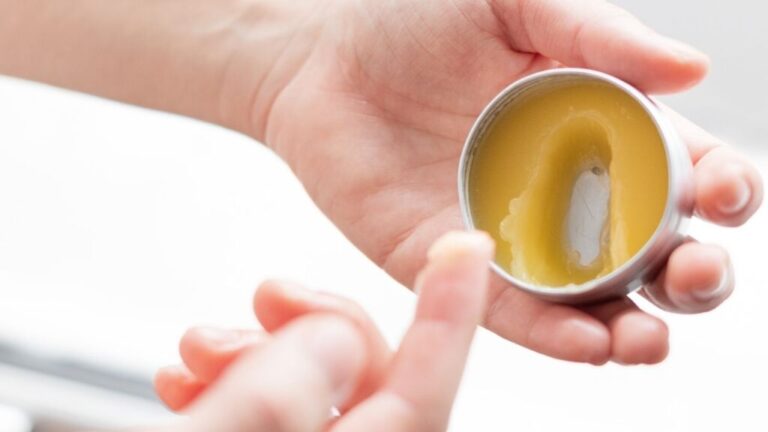After water, tea is the most consumed beverage in the world. 78% of the tea consumed is globally is black, and only 20% is green. All types of teas are brewed from the dried leaves of the Camellia sinensis bush, except for herbal tea. To answer your question, yes, green tea is good for hay fever.
According to research, green tea helps in reducing the symptoms of hay fever such as:
Runny nose, congestion, hay fever sore throat, hay fever cough, sneezing, mild headache and body pain, malaise, and low-grade fever.
• Common cold:
Early research suggests that taking a particular product containing green tea and other ingredients alleviates cold symptoms and its duration.
• Flu:
Early research shows that taking green tea extracts and theanine lowers the risk of getting caught by the flu. Other early research states that taking a specific compound containing green tea with other ingredients reduces the flu symptoms and duration. Gargling with green tea at least thrice a day for 90 days does not seem to prevent flu in high school students.
• Allergy to Japanese cedar pollen:
Early research shows that drinking a type of green tea called ‘Benifuuki’ every day for 6-10 weeks before coming in contact with Japanese cedar pollen can alleviate allergy symptoms, including throat pain, runny nose, and tears.
• Mental alertness (helps with the drowsiness because of hay fever):
As the primary ingredient of green tea is caffeine, which is a stimulant, it might help in enhancing brain function and help with drowsiness. Although the caffeine content is not as high as coffee, it is sufficient to produce a response without causing jittery effects associated with taking in too much caffeine.
As green tea contains caffeine, it might help maintain mental awareness. A combination of caffeine and sugar can be used as an energy drink to improve cognitive performance more than caffeine or sugar alone. This will also help to work up the energy to get through the day in hay fever season.
• Upper airway infection (hay fever season):
Early studies show that gargling and swallowing green tea for more than four days is less effective than labdanum lozenges for managing symptoms of upper respiratory tract infections.
As green tea is made from unoxidized leaves, it contains most antioxidants and beneficial polyphenols. Besides, it is one of the least processed types of tea.
Green tea, native to India and China, is consumed for centuries for its health benefits but has only gained momentum recently in the United States.
Additionally, green tea contains small amounts of minerals that can be beneficial for health.
It is essential to select high-quality green tea as low-quality green tea may contain excess amounts of fluoride.







